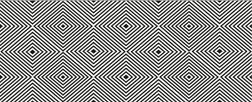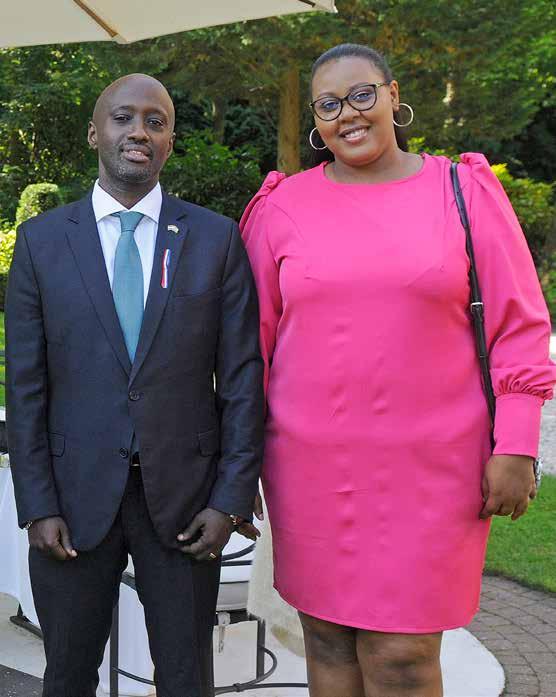
2 minute read
Rwanda
transitioning from aid to trade
My name is Olivier J.P. Nduhungirehe and I am Ambassador of Rwanda to the Netherlands since November 2020, also covering Estonia, Latvia and Lithuania, as well as the Organization for the Prohibition of Chemical Weapons, the International Court of Justice, the Permanent Court of Arbitration and the International Residual Mechanism for Criminal Tribunals.

TThe Embassy of Rwanda opened in 2006, while that of the Netherlands in Kigali opened in 1995, which is a demonstration of excellent relations and cooperation between the two countries.
In the aftermath of the 1994 genocide against the Tutsi, the Netherlands was among the first countries to respond to the crisis through programmes of emergency assistance. Afterwards, the Dutch cooperation mainly focused on the sector of justice, reconciliation, law and order, but other sectors, such as food security, water management resources benefited also from that cooperation.
The support of the Netherlands to the justice sector in Rwanda is the most emblematic of our cooperation, as this sector was in shambles after the genocide. Not only did The Hague support Rwanda in rebuilding and equipping courtrooms, training judges, prosecutors and other professionals of justice, but it also ensured accountability for many genocide fugitives who had fled to the Netherlands.
After several years of successful cooperation,
Rwanda and the Netherlands are transitioning from aid to trade. Over the past years, trade, investment and tourism have been increasing between the two countries. As Rwanda has one of the best business climates in the world, Dutch companies invested in Rwanda, including big companies such as Heineken, Rabobank, Royal DSM and Unilever. Moreover, trade in the horticultural sector is also thriving between the two countries, all of this facilitated by direct KLM flights to Kigali, four times a week. Art and craft are an important part of Rwanda’s culture and tourism. Traditional baskets “Uduseke”, paintings of our hilly landscape, wooden statues of our traditional dancers
BY H.E. OLIVIER J.P. NDUHUNGIREHE, AMBASSADOR OF RWANDA “Intore”, as well as “Imigongo”, which is a malleable mixture of cow dung and ash that is sculpted onto a flat surface in elaborate geometric patterns, are the best known of our art industry (see pictures below). As the cooperation between the Netherlands and Rwanda is opening a new chapter, I am looking forward to strengthening the good relations that exist between our two countries, with a focus to promoting business between private sectors and finding new opportunities for trade and investment. ART AND CRAFT ARE AN IMPORTANT PART OF RWANDA’S CULTURE AND TOURISM.













